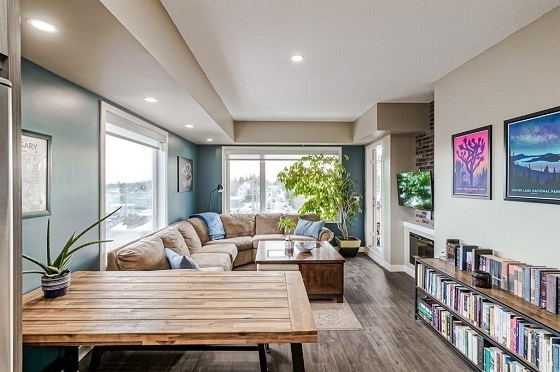Giving your home a fresh coat of paint can transform its appearance and breathe new life into your living space. However, the cost of professional interior house painting services can sometimes put a strain on your budget. Fortunately, there are several strategies you can employ to minimize expenses while still achieving remarkable results. In this article, we will explore various ways to maximize your savings when it comes to interior house painting.
Plan and Prepare:
Proper planning and preparation are key to saving money on interior house painting. Before you begin, assess the scope of the project and determine the areas that require attention. By identifying the specific rooms or walls that need painting, you can avoid unnecessary expenses.
DIY or Hiring Professionals:
Deciding whether to paint your house yourself or hire professionals is an important consideration. If you have the necessary skills, time, and patience, opting for a do-it-yourself (DIY) approach can significantly reduce costs. However, if the project involves complex techniques or you lack experience, hiring professionals might be the more cost-effective and time-efficient option in the long run.
Comparing Quotes:
If you choose to hire professional painters, obtain multiple quotes from different service providers. By comparing prices and services, you can ensure you're getting the best value for your money. Remember to ask about any additional charges, such as primer application or furniture moving, to avoid surprises later on.
Paint Selection:
When it comes to paint selection, quality matters. While high-quality paint may have a higher upfront cost, it tends to last longer and requires fewer coats, ultimately saving you money in the long term. Additionally, look for promotions, discounts, or sales at local home improvement stores to further reduce the cost of paint.
Repurpose and Recycle:
Before discarding leftover paint from previous projects, check if any colors can be repurposed for your current interior painting endeavor. Mixing different shades can create unique color combinations, giving your walls a custom look without the need for additional purchases. By recycling leftover paint, you'll reduce waste and save money simultaneously.
Preparing the Surfaces:
Properly preparing the surfaces before painting can prevent issues and save you money down the line. Clean walls thoroughly to remove dirt, grease, and dust. Repair any cracks or imperfections using filler or spackle. By investing time in preparation, you'll ensure a smoother application of paint and avoid costly touch-ups later.
Use Paint Wisely:
To stretch your paint budget, use it wisely. Start by applying a primer coat, as it helps the paint adhere better and can reduce the number of topcoats required. Use brushes and rollers efficiently, minimizing wastage. If you're repainting a room in the same color, consider a single coat instead of multiple layers to save both time and money.
Conclusion:
Interior house painting doesn't have to break the bank. By implementing these cost-saving strategies, you can achieve stunning results while keeping your budget intact. Whether you choose to go the DIY route or hire professionals, careful planning, comparing quotes, using quality paint, repurposing leftovers, and following proper preparation techniques will help you maximize your savings and enjoy a beautifully painted home.










No comments:
Post a Comment